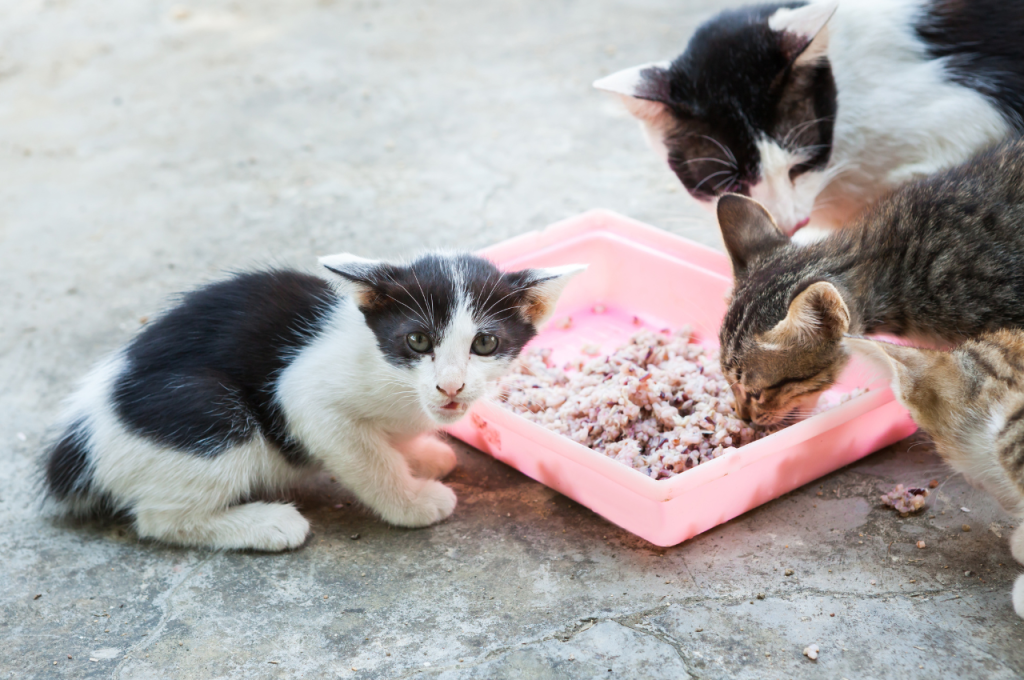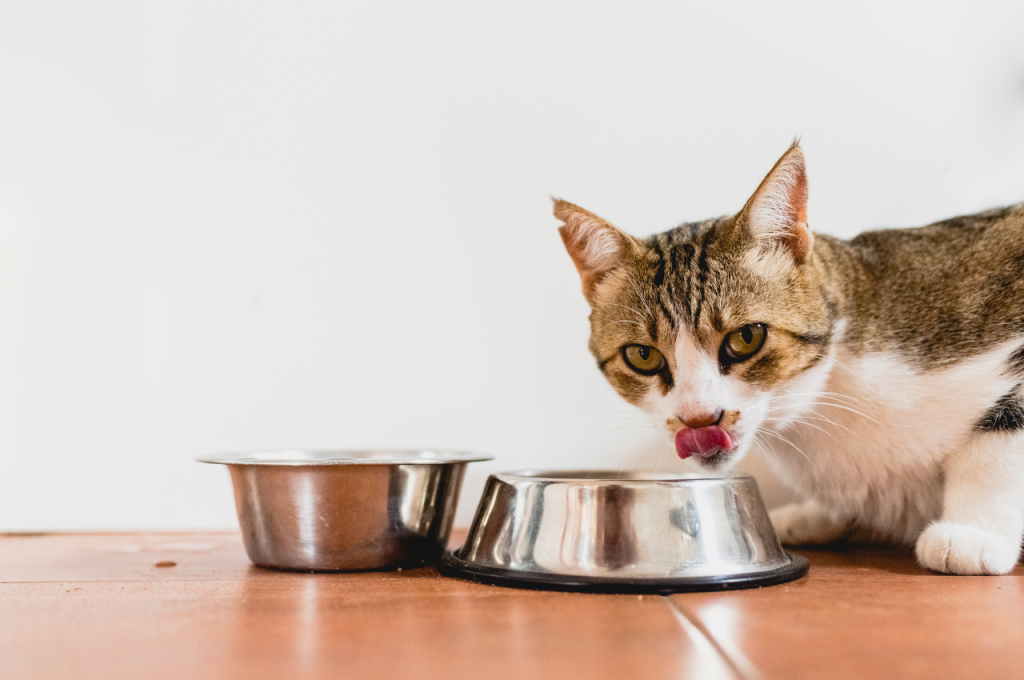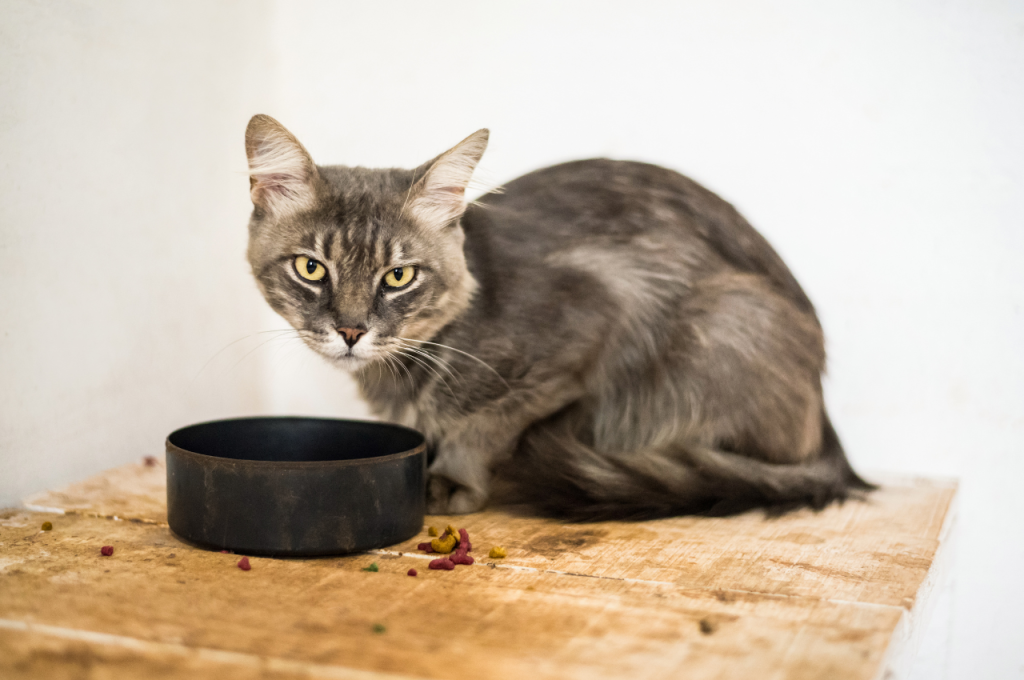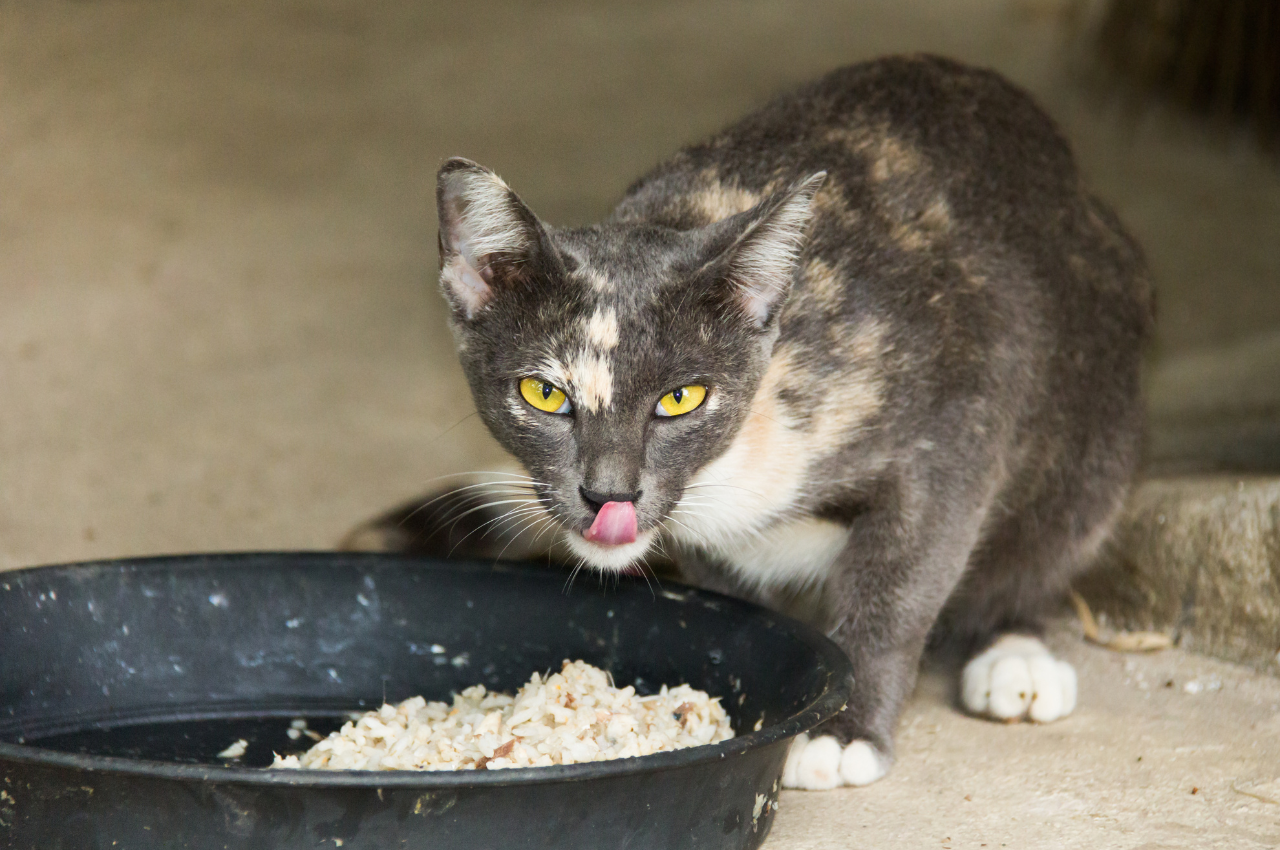Yes, cats can eat rice as part of their diet, but it should be given in moderation. Cats can safely consume rice as an occasional addition to their diet.
Rice can be a good source of carbohydrates for cats and can provide energy. However, it should not be the main component of their diet, as cats require a diet that is high in protein. Feeding cats excessive amounts of rice can lead to an imbalance in their nutritional intake and may cause digestive issues.
Additionally, it is important to ensure that the rice is cooked properly and does not contain any added seasonings or ingredients that may be toxic to cats. As always, it is best to consult with a veterinarian before making any significant changes to your cat’s diet.
Feeding Rice to Cats
Cats are obligate carnivores, which means their natural diet consists of meat. However, as pet owners, we sometimes wonder if it is safe to incorporate other food items into their diet for variety. One such food item is rice. In this article, we will explore the benefits, risks, and proper ways to feed rice to cats.

Benefits of Rice for Cats
Rice can offer some benefits when added to a cat’s diet:
- Rice is a good source of carbohydrates, which can provide cats with energy.
- It may help with digestion and relieve an upset stomach due to its bland nature.
- Rice contains essential nutrients such as vitamins and minerals that can support a cat’s overall health.
- For cats that require a low-protein diet due to specific health conditions, rice can serve as a replacement.
Risks of Feeding Rice to Cats
While rice can have benefits, it is important to be aware of the risks involved:
- Rice lacks the essential nutrients that cats need for optimal health, such as the amino acids found in meat.
- If fed in excessive amounts, rice can lead to weight gain and potential health issues.
- Cats may develop food allergies or intolerances to rice, resulting in digestive problems or skin irritations.
Proper Way to Feed Rice to Cats
When feeding rice to cats, it is crucial to follow these guidelines:
- Ensure the rice is fully cooked and free from any seasonings or additives that can be harmful to cats.
- Mix a small portion of cooked rice with your cat’s regular balanced and high-quality cat food.
- Monitor your cat’s reaction to rice, and if any digestive or allergic issues arise, discontinue feeding rice and consult your veterinarian.
Types of Rice for Cats
When it comes to feeding your feline friend, it’s essential to know which types of rice are safe for them.
White Rice
White rice is easily digestible and a suitable option for cats with sensitive stomachs or recovering from illness.
Brown Rice
Brown rice provides more nutrients compared to white rice, offering fiber and essential minerals for your cat’s health.
Other Varieties of Rice
Other varieties such as jasmine or basmati rice can be fed to cats occasionally but in moderation as part of a balanced diet.
Health Considerations
When considering adding rice to your cat’s diet, it’s important to keep their health in mind. While rice can be safe for cats in moderation, there are several health considerations to take into account:

Carbohydrates and Cats
Cats are obligate carnivores, meaning their diet primarily consists of animal-based proteins. While they do not have a strict requirement for carbohydrates, rice is generally considered safe for cats in small amounts. It can provide energy and aid in digestion.
Rice contains carbohydrates, which are a good source of energy for cats. However, it’s important to note that a cat’s diet should be primarily protein-based. Too many carbohydrates from rice can lead to obesity, diabetes, and other health issues in cats. Thus, moderation is key.
Food Allergies and Sensitivities
Some cats may have allergies or sensitivities to certain foods, including rice. Any new food should be introduced gradually and observed for any adverse reactions or gastrointestinal upset. If your cat shows signs of food allergies or intolerances, consult a veterinarian for guidance.
While rice is generally considered safe for cats, it’s essential to monitor your cat for any signs of allergies or sensitivities. Common symptoms may include vomiting, diarrhea, itching, or skin irritations. Always prioritize your cat’s well-being and adjust their diet accordingly.
Portion Control
When feeding your cat rice or any other human food, portion control is crucial. Too much rice in a cat’s diet can lead to nutritional imbalances and obesity. Ensure that rice is only a small part of their balanced diet and does not replace essential nutrients from their regular cat food.
Consult with a veterinarian or a feline nutritionist to determine the appropriate portion size for incorporating rice into your cat’s diet. Remember that a well-rounded diet of high-quality cat food is paramount for your cat’s overall health.
Preparing Rice for Cats
When it comes to preparing rice for cats, it’s important to consider their unique dietary needs. While rice can be a good source of carbohydrates for cats, it’s essential to prepare it in a way that is safe and healthy for them. Here’s how to properly prepare rice for your feline friend:
Cooking Methods
Cats can eat both white and brown rice. However, when preparing rice, opt for plain and unseasoned varieties. Cooking methods such as boiling or steaming are recommended to make the rice easily digestible for cats. Avoid adding any spices or oils during the cooking process.
Seasoning and Flavoring
When preparing rice for cats, it’s crucial to keep it unseasoned and free from any flavorings. Cats have sensitive digestive systems, and seasoning could upset their stomach. Plain, cooked rice provides the necessary carbohydrates without any additional seasoning that could be harmful to your cat’s health.
Alternatives to Rice for Cats
Cats can eat rice, but it is not an essential part of their diet. Other alternatives to rice can provide better nutrition for cats, such as lean meats and high-quality cat food specifically formulated for their dietary needs.
Grains
Cats can also consume quinoa and oats as grain alternatives to rice. These grains provide fiber and carbohydrates for your feline friend.
Protein Sources
Diversify your cat’s diet with chicken, turkey, or fish as protein sources. These options ensure your cat receives essential amino acids.

Frequently Asked Questions on Can Cats Eat Rice?
Certainly! Here are some frequently asked questions (FAQs) about feeding rice to cats:
Q. Can cats eat rice?
A. Cats can eat rice in small amounts as an occasional treat. Cooked plain rice provides some nutrition and can help with digestion for cats, but it should not be a staple in their diet. Always consult with your veterinarian before introducing new foods to your cat’s diet.
Q. Is rice safe for cats to consume?
A. Rice is generally safe for cats to consume as long as it is fully cooked and given in moderation. Unseasoned, plain white, or brown rice can be beneficial for cats with upset stomachs or digestive issues. However, it should not replace their main diet.
Q. How should rice be prepared for cats?
A. Rice for cats should be cooked thoroughly without any seasonings, additives, or oils. It is best to serve plain cooked rice that is easily digestible. Avoid using any garlic, onion, salt, or other ingredients that can be harmful to cats.
Serve rice in small portions as an occasional snack.
Conclusion
Ultimately, cats can eat rice in moderation as a supplement to their diet. Ensure it’s cooked and plain. Balance is key to a cat’s nutritional needs.
Too much rice can lead to health issues. Consult your vet for advice on feeding rice to your feline friend.
